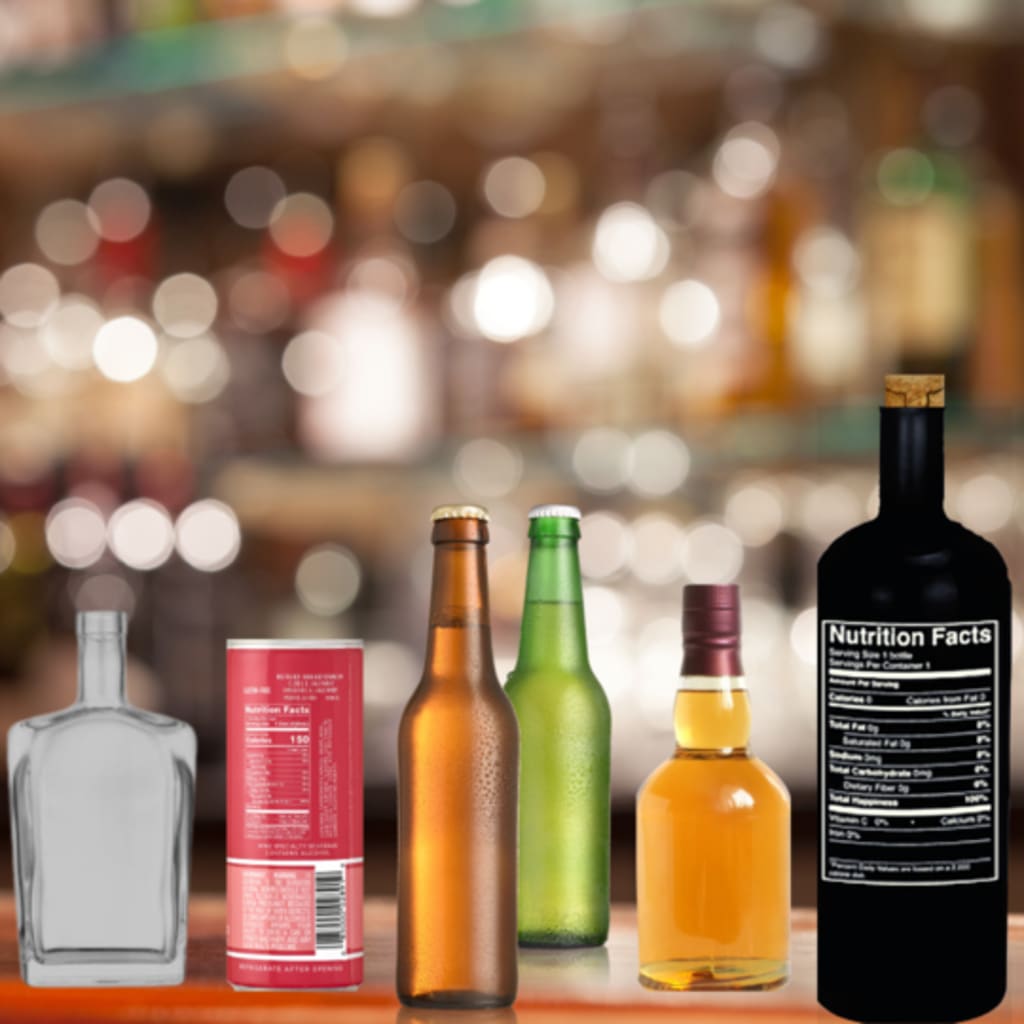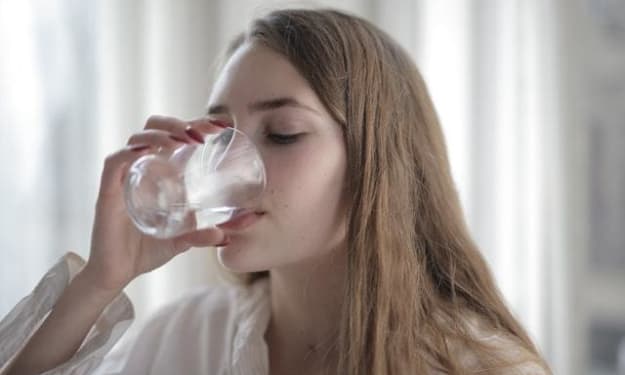
Health-conscious consumers have been looking at product labels for years, attempting to avoid sugar, carbohydrates, fats, and high-calorie foods at all costs. While this is nothing new for society, the hype of ‘healthy drinking’ is making its way to alcoholic beverages. While we may still see the occasional keg stand and shotgunning of beers, it seems that millennials have healthier alcoholic beverages in hand and are turning the market when it comes to choosing a better-for-you alternative.
Going from Loyal to Luxury
Spirited Magazine reports that one of North America’s leading beverage distributors, Breakthru Beverage Group, has seen distinct changes in the market. Beverage Development Manager Natalia Cardenas claims, “For the first time in history, the number of millennials is on the cusp of surpassing baby boomers...The older group may be focused on health, but they show a lot of loyalty to brands and standard cocktail choices to the same extent. It hasn’t changed their [alcohol] buying decisions. However, “Gen Z is more fluid in its choices. They’re clearly drinking less and are more likely to choose low- and non-alcoholic drinks compared to other demographics.” Miller Lite, a brand well-known and loved by baby boomers, was introduced back in 1975. Brands quickly noticed the popularity of the new product with consumers and other beer-producing companies jumped on the wagon and focused on promoting ‘low calorie’ alcoholic brews. Today, still following the demand for light and refreshing options, six of the top ten beer products today are considered ‘light beers.’
Why don't we have nutrition labels on alcohol?
Although consumers are paying more attention to the nutrition labels on some of their adult beverages, doing so with alcohol may be easier said than done. As a legacy to the prohibition back in 1935, most alcoholic beverages aren’t regulated by the FDA. This means that bottles can (but aren’t required to) have nutrition labels. Luckily, wine, beer, and any other spirits that fall under 7% alcohol content are required to show nutritional facts and ingredients. This regulation has been known to be a controversial topic over the years for a good reason. But consumer demand is changing that and more alcohol companies are being transparent with their nutrition facts.
For example, these brands have emerged over the last few years and have paved the way for normalizing nutrition labels on wine/beer:
FitVine is one company that takes pride in showing off its nutrition labels. By using the fermenting process to dry, it allows them to use low sugar levels and each bottle ends up being only 1gram of sugar. If this isn’t convincing enough, FitVine is also gluten-free and vegan, opening up the opportunity to serve a fast-growing consumer market. “FitVine Wine is for those who were looking for wines that were a better fit for their lifestyle, whatever that fit might be.”
Voted #1 Best Canned Wine, Bev founder, Alix Peabody has taken a modern-day approach to the wine industry. Being a female-built, owned, and run company, Bev is perfect for those that want a convenient, refreshing beverage without the frustration of a bottle opener. Although their wine may not seem low cal. coming in at around 160 calories per can, each can holds 11% ABV or approx. 1.5 glasses of wine and has 0 sugar, making it a healthier splurge than some of its other competitors.
For all the beer drinkers out there, Michelob Ultra is one beer that puts its nutrition information right on the can for consumers to see. A beer that offers a low-carb option and under 100 calories per can, it speaks for itself why it’s one of the top beer brands in the U.S.
Consumers of alcohol may still be in denial about what exactly is in their beverage of choice. Saying this, it’s becoming easier to track down information when it is wanted. There will always be people that want to know and others that don’t, but anything that we put into our body should be easily accessible. Millennials have the right idea of caring about what they consume and they are starting to think more about “quality over quantity.”





Comments
There are no comments for this story
Be the first to respond and start the conversation.